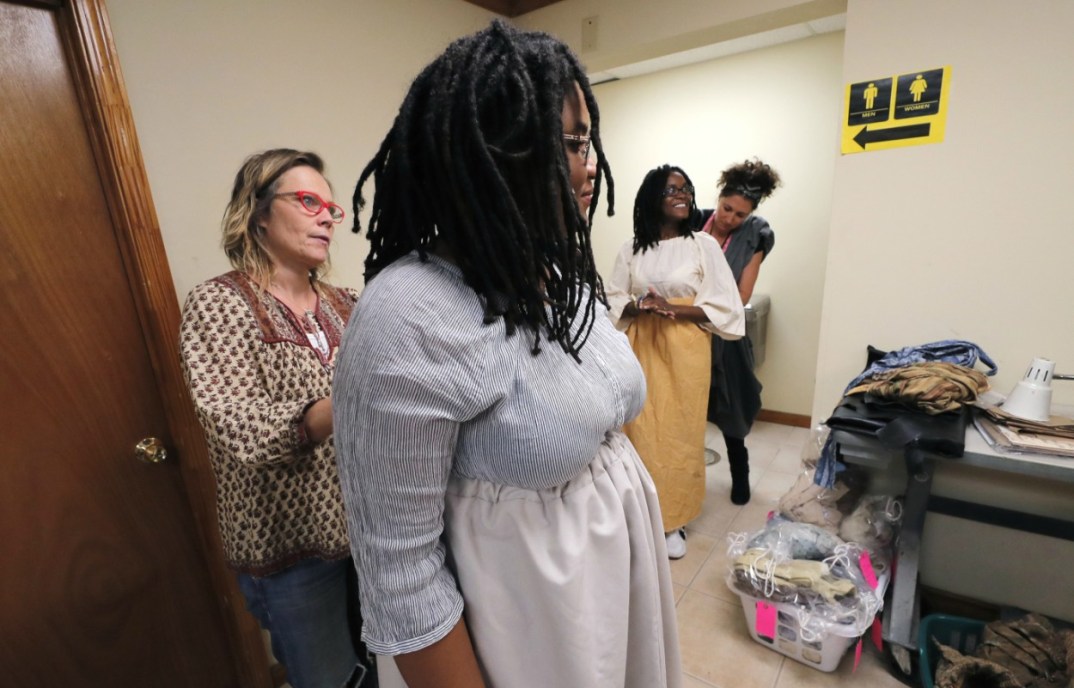Hundreds expected in Louisiana for reenactment of largest slave revolt in U.S. history
Re-enactors will march 26 miles along the Mississippi River to remember the German Coast uprising, in which hundreds fought back against slavery

Hundreds are expected to gather in southeast Louisiana this week for a reenactment honoring the largest slave rebellion in American history.
According to the Associated Press, Friday’s demonstration will be the first of its kind with re-enactors planning to marching 26 miles along the Mississippi River while wearing period-specific garments and wielding machetes or rifles as they march for two days, bringing back what came to be known as the German Coast uprising.
READ MORE: 400 Years Later: Why Aug. 20, 1619 is a date all Black Americans need to know
“I think it will be an amazing experience,” artist Dread Scott, who conceived of the project, told the AP.
“Seeing hundreds of Black folk with machetes and muskets and sickles and sabers, flags flying, chanting to traditional African drumming, is going be an amazing moment,” he added. “People would be like, ‘What am I looking at? This doesn’t make sense.’ It will be an area where people can learn a lot and think a lot.”
Before learning about the uprising in Louisiana from a friend, Scott initially planned to recreate Nat Turner’s 1831 revolt in Virginia. But he was moved when he found out about how enslaved Blacks across a stretch of plantations spent months organizing the rebellion before stepping into action Jan. 8, 1811.
Support for their cause quickly grew with approximately 200 to 500 people marching on New Orleans for two days with the intention establishing a free republic.
READ MORE: Schools still struggling with how to teach about slavery
“You can’t actually understand American society if you don’t understand slavery, and you can’t understand slavery if you don’t understand slave revolts,” Scott said.
READ MORE: Virginia marks pivotal moment when enslaved Africans arrived
According to Daniel Rasmussen, author of “American Uprising: The Untold Story of America’s Largest Slave Revolt, the insurrection ended after planters “chopped the heads off of the slaves’ corpses and displayed them along the road” leading back into plantation country as a warning to anyone else considering a similar act of rebellion.
Scott has opted to reimagine that bloody ending, and his reenactment will instead culminate in fellowship, with participants gathering in New Orleans’ Congo Square where slaves were known to gather on Sundays.
“I’m choosing to focus on a vision of freedom and emancipation,” he concluded.
